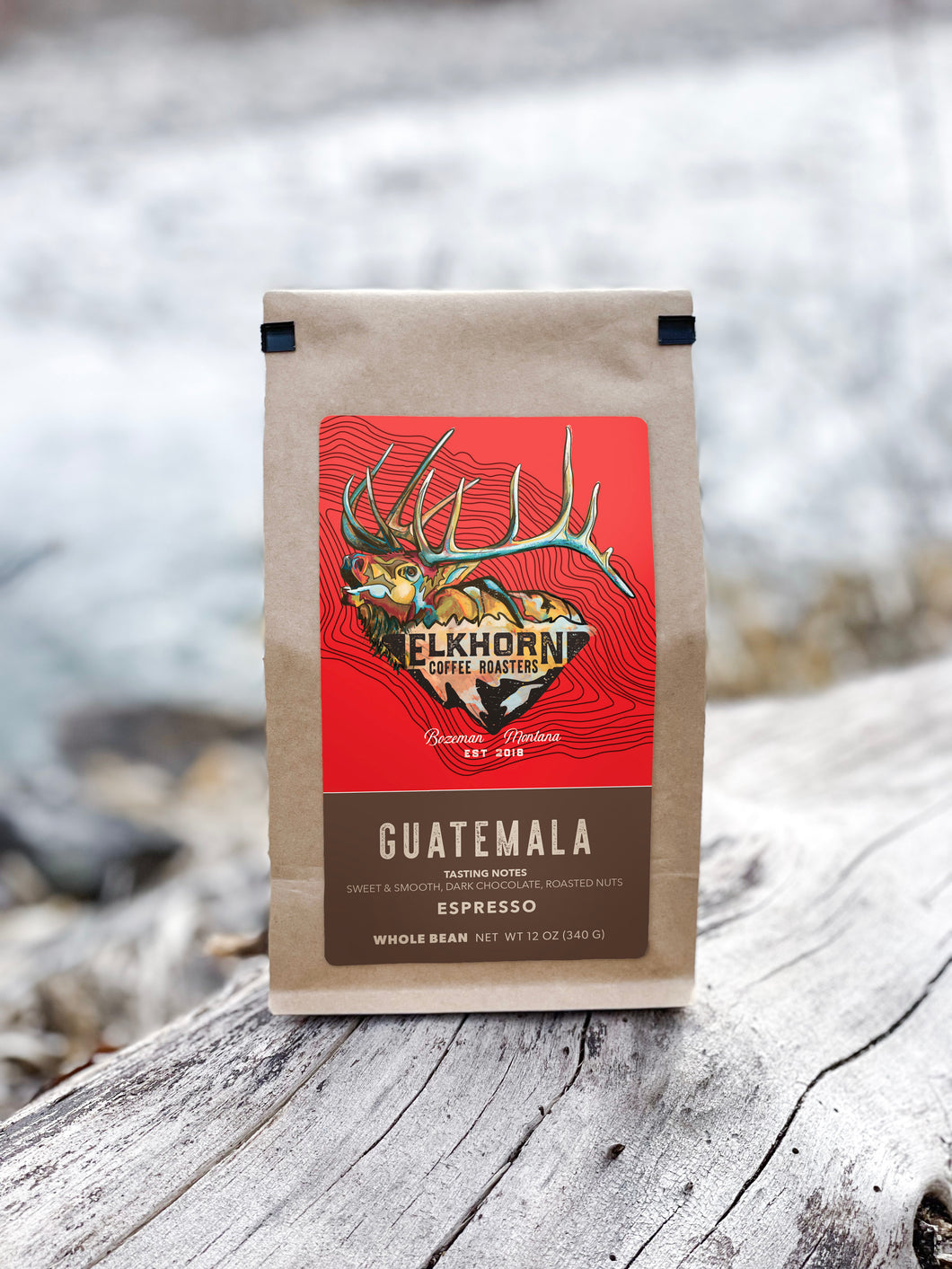What Makes SOE Single Origin Espresso Unique from Combination Beans
What Makes SOE Single Origin Espresso Unique from Combination Beans
Blog Article
Understanding Coffee Beans: the Trip From Coffee to Blended Coffee Beans

The Beginnings of Coffee: An International Perspective
While you could believe of coffee as a modern staple, its beginnings trace back centuries, linking with cultures throughout the globe. The tale begins in Ethiopia, where tale states a goat herder called Kaldi discovered the invigorating results of coffee beans after observing his goats romping energetically after consuming them.
As trade paths broadened, coffee made its means to Europe in the 17th century, quickly acquiring popularity. Each society included its one-of-a-kind twist to coffee preparation, enhancing its history.
Farming and Harvesting of Espresso Beans
As coffee's trip advanced, the focus shifted to the farming and harvesting of details bean varieties, especially those made use of for espresso. You'll find that espresso beans commonly originate from Arabica or Robusta plants, each offering distinctive flavors. The suitable expanding problems consist of high elevations and abundant, well-drained dirt, which boost the beans' quality.
During the harvest, choosing approaches differ. In some regions, workers hand-pick ripe cherries, making sure just the most effective fruit goes to processing. In various other locations, mechanical farmers are made use of, specifically on bigger ranches. When the cherries reach peak ripeness for optimum taste., timing is essential; you desire to gather.
Once collected, the beans are planned for processing, which is vital in determining their final preference. Comprehending the cultivation and harvesting procedures provides you insight right into what goes into your favorite coffee, enhancing your gratitude for each cup.
Handling Techniques: From Cherry to Bean
Now that you have actually found out about collecting coffee beans, let's explore how those cherries change into the coffee beans you love. You'll see how various harvesting strategies impact flavor, adhered to by the vital actions of fermentation and drying. We'll damage down the milling and grading process that establishes your coffee's high quality.
Collecting Techniques Clarified
When it involves coffee, understanding harvesting methods is important, considering that they directly influence the flavor and high quality of the beans you enjoy. There are two key techniques: selective selecting and strip picking. Careful picking entails hand-picking only ripe cherries, guaranteeing you get the very best quality beans. This technique commonly causes a richer flavor account, though it's more labor-intensive. On the other hand, strip selecting means gathering all cherries at the same time, despite perfection. While it's quicker and more affordable, this can cause a mix of flavors, affecting the final item. Eventually, the selection of collecting strategy can greatly influence your coffee experience, so it's worth understanding just how those beans made it to your mug.
Fermentation and Drying
After collecting, the following steps in processing coffee beans play a substantial duty fit their taste. You'll find that fermentation is important, as it helps break down the mucilage bordering the beans, improving their preference profile. Depending upon the approach, this process can last from a couple of hours to numerous days, with varying results based on temperature and humidity.
Sun-drying allows the beans to soak up tastes from the atmosphere, while mechanical drying out assurances consistent moisture levels no matter of weather condition. Proper drying is essential to protect against mold and maintain the beans' high quality, inevitably affecting your mug of coffee.
Milling and Grading Process
As fermentation and drying set the phase for flavor development, the milling and grading procedure warranties that only the finest coffee beans make it to your cup. This phase involves getting rid of the outer layers of the coffee cherry, consisting of the parchment and husk. Premium beans obtain a higher grade, resulting in a richer coffee experience.
Toasting Methods: Opening Taste Prospective
When you roast coffee beans, the approach you pick can dramatically influence the flavor account. Understanding the connection in between time, temperature level, and roasting methods is essential to exposing the possibility of your mixture. Allow's discover just how these elements come with each other to produce the ideal cup.
Roasting Approaches Clarified
While you could assume that all coffee toasting techniques yield the same outcomes, the fact is that each method exposes unique taste capacities in the beans. You can select between approaches like drum toasting, air roasting, or perhaps traditional frying pan roasting. Drum toasting uses a rotating drum to equally disperse heat, enhancing caramelization and generating a balanced taste. Air roasting, on the various other hand, distributes hot air around the beans, promoting a lighter roast with obvious acidity. Pan toasting enables hands-on control however calls for continuous attention to stay clear of burning. Each technique has its nuances, so try out various strategies can aid you discover the best roast that straightens with your taste choices. Appreciate the trip of finding your ideal mug!

Influence On Flavor Profile
Various roasting techniques not just influence the process yet also substantially impact the taste profile of the coffee beans. When you pick a light roast, you'll experience intense level of acidity and floral notes, showcasing the bean's beginning. On the other hand, why not check here a tool roast balances level of acidity with sweet taste, usually revealing chocolatey undertones. Dark roasts, on the various other hand, bring out bold, great smoky tastes, in some cases concealing the bean's one-of-a-kind qualities. Each method discloses different oils and substances, bring about a vast array of tastes. By explore numerous roasting styles, you can discover which profiles resonate with your taste buds. Recognizing these subtleties helps you appreciate the artistry behind your cup of coffee, improving your general experience with every sip.
Time and Temperature Aspects
To launch the complete taste possibility of coffee beans, both time and temperature during the roasting process play considerable roles. When roasting, you'll find that higher temperatures can swiftly create tastes, yet if you hurry it, you could end up with burned notes. Conversely, lower temperature levels permit for an extra steady taste growth, showcasing the beans' unique qualities.

Timing is equally as essential; expanding the roast as well long can lead to a loss of level of acidity and brightness, while also short a roast could leave the beans underdeveloped. Finding that pleasant spot requires technique and testing. By adjusting these variables, you can reveal the abundant, complex flavors concealed within each bean, creating an absolutely amazing coffee experience.
The Art of Mixing: Crafting Distinct Coffee Accounts

Beginning by choosing a base coffee that supplies a solid structure. An intense Ethiopian bean can bring fruitiness, while an abundant Brazilian coffee includes body.
As you mix, bear in mind that each combination tells a story. You're not just making coffee; you're creating an experience. Take your time, preference regularly, and appreciate the trip of finding your signature blend - Single Origin Espresso.
Brewing Methods: Just How Prep Work Influences Taste
Mixing coffee opens up a domain of taste opportunities, but just how you make that blend can substantially affect your final cup. On the various other hand, a pour-over highlights the coffee's clearness and brightness, perfect for showcasing fragile notes.
Espresso, with its high pressure, generates a focused shot that highlights sweetness and crema. If you favor a lighter brew, think about a cold mixture technique; it generates a smooth, less acidic preference.
Eventually, experimentation is essential. Adjusting variables like water temperature, grind dimension, and brew time look at here can change your coffee's profile. Accept the art of brewing to find the flavors hidden in your coffee blends. The right method can raise your experience to new elevations.
The Future of Coffee: Sustainability and Innovation
As the coffee market develops, sustainability and technology are coming to be necessary for resolving environmental challenges and conference consumer demands. You'll see that more coffee business are taking on environment-friendly practices, from sourcing beans ethically to carrying out lasting farming techniques. These shifts not only assist the earth yet also improve the high quality of the coffee you appreciate.
You might see developments like naturally degradable product packaging and water-saving developing look here approaches that reduce waste. Advanced innovation, such as blockchain, is likewise coming to be preferred, ensuring transparency in the supply chain, which enables you to map your coffee back to its beginnings.
On top of that, buying neighborhood areas and supporting farmers with fair profession campaigns cultivates a much more lasting coffee community. As you drink your following mug, bear in mind that your choices can add to a brighter future for coffee. By going with lasting brand names, you're not simply appreciating a drink; you're making a favorable influence on the globe.
Often Asked Concerns
What Is the Distinction In Between Arabica and Robusta Beans?
Arabica beans are smoother, sweeter, and have a higher acidity, while robusta beans are more powerful, extra bitter, and consist of even more caffeine. You'll notice these distinctions in taste and scent when brewing your coffee.
Exactly How Does Elevation Affect Coffee Bean Flavor?
Elevation effects coffee bean taste substantially. Greater elevations generate beans with brighter level of acidity and complex tastes, while reduced altitudes often produce beans that are much heavier and less nuanced. You'll see these distinctions in your cup!
What Are the Wellness Perks of Drinking Coffee?
Consuming alcohol coffee can improve your energy, improve mental emphasis, and even boost physical efficiency. It's rich in anti-oxidants, may decrease the danger of particular conditions, and can advertise a much healthier metabolic process when consumed in moderation.
Can Coffee Beans Be Recycled for Brewing?
Yes, you can recycle coffee beans for brewing, however the taste might be weaker. If you enjoy exploring, attempt reusing them in different methods, like cool brews or including in healthy smoothies for an added kick.
How Should I Store Coffee Beans for Quality?
To maintain your coffee beans fresh, save them in a closed container in a trendy, dark place. Prevent revealing them to heat, wetness, or light, as these aspects can rapidly weaken their taste and fragrance.
Comprehending Coffee Beans: the Trip From Coffee to Blended Coffee Beans.
Now that you have actually learned about gathering coffee beans, allow's explore exactly how those cherries change into the coffee beans you like.When you roast coffee beans, the technique you pick can considerably impact the flavor profile - Single Origin Espresso.While you may assume that all coffee toasting approaches generate the very same results, the truth is that each method discloses one-of-a-kind flavor potentials in the beans.Various toasting techniques not just influence the process but also significantly affect the flavor account of the coffee beans
Report this page